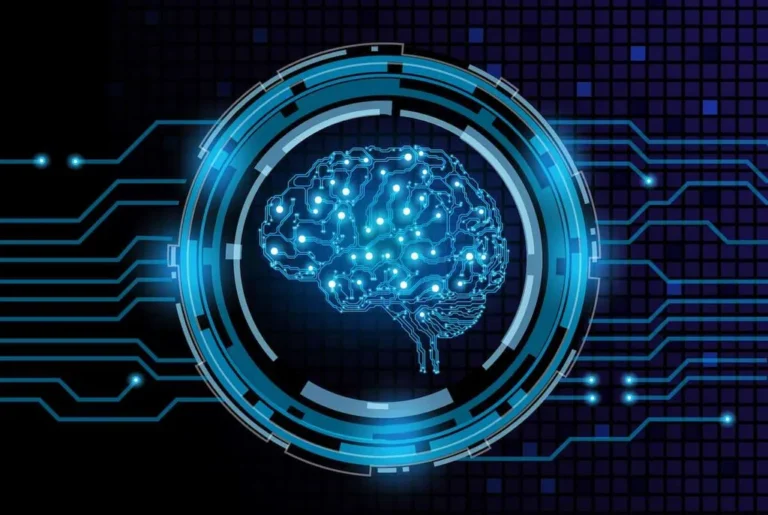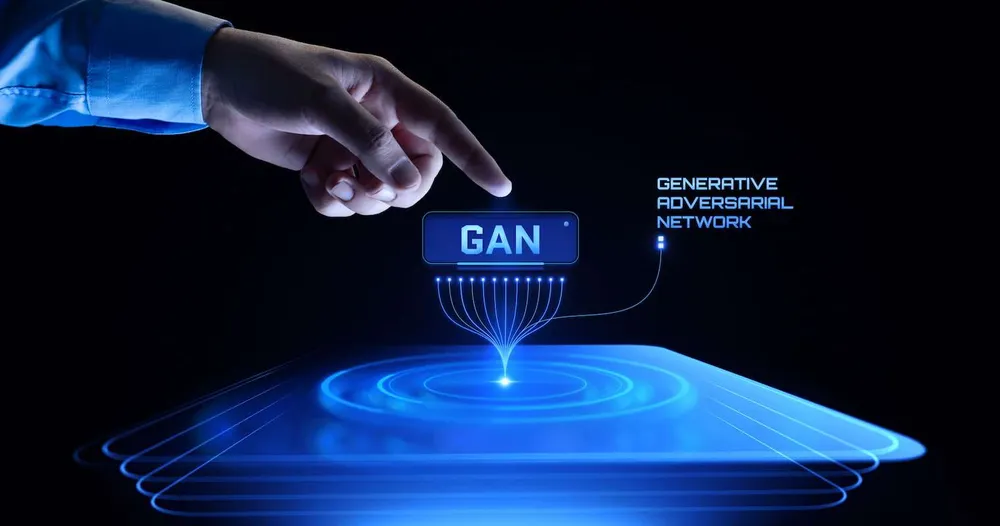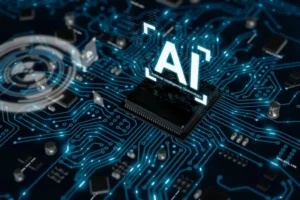Generative Adversarial Networks: Key Concepts Explained

Generative Adversarial Networks (GANs) are a breakthrough in AI architecture. They go beyond traditional analysis to enable machines to generate realistic, high-quality data. How? They facilitate genuine creative synthesis within computational systems.
The core mechanism relies on a dual-network setup: the generator crafts new data samples while the discriminator assesses their authenticity. These components engage in continuous optimization cycles. Progressively, they are refining the output.
This dynamic yields sophisticated models capable of producing synthetic data. Applications span diverse domains: visual content generation, audio synthesis, and textual composition. We use GANs as versatile instruments for autonomous content creation. Keep on reading to learn what is GAN.
Explaining the Basics of Generative Adversarial Networks
Generative adversarial nets constitute a shift in computational learning. They let systems transcend conventional pattern recognition toward authentic creative synthesis. A dual-architecture framework creates an interplay between complementary neural components.
The methodology relies on a generator-discriminator setup, where one network produces synthetic data, and the other evaluates its authenticity. Through continuous adversarial training, both networks improve in tandem, refining their performance through competition.
First introduced by Ian Goodfellow in 2014, this architectural breakthrough has transformed data generation across domains. Its advanced applications include photorealistic image synthesis, audiovisual content creation, pharmaceutical research, and enhanced diagnostic imaging in medicine.
The underlying GAN architecture involves input transformation through the generator. The iterative competition fosters continuous algorithmic improvement.
Nowadays, GANs are foundational tools for autonomous creative processes in enterprise environments. Let’s examine the many varieties of the networks and their operation:
- Vanilla GAN. It’s the simplest version. There are two networks here: a generator and a discriminator. They train together, but this type can be a bit unstable and requires careful tuning.
- Conditional GANs (cGANs). These networks benefit from extra information, such as hints. It allows you to control what the generator gives. As an example, you can ask it to draw a “snowy mountain landscape” or colorize a monochrome shot.
- Deep Convolutional GANs (DCGANs). They use special layers that help produce smoother and more true-to-life illustrations. They are often used in digital visual arts or when shaping faces.
- StyleGANs. This type produces highly detailed, professional-grade shots. You control certain parameters of the picture, such as its aesthetic or shape. It is used in portraits and wardrobe design.
- CycleGAN customizes the style of a pic, even if it doesn’t have any paired patterns to train on. As an illustration, it can turn your image into a painting or turn a bright day into a dark night in a snapshot.
- Laplace Pyramid GAN (LAPGAN) improves the appeal of pics step by step. Right away, it takes a bland picture and then adds more and more detail. Such a method is well suited for medical or satellite images, where high quality is important.
- DiscoGAN learns to find connections between different styles or shapes. As an example, it can change the style of shoes or the shape of a face, while preserving the unique features of each.
GANs are not just theoretical. They have already transformed fields like design, medicine, and many others. The key is choosing the right implementation. With it, you can create innovative and precise solutions that help people and push the boundaries of what technology can imagine.


We are confident that we have what it takes to help you get your platform from the idea throughout design and development phases, all the way to successful deployment in a production environment!
Why Are GANS Important?
AI is now actively used in various domains: business, fintech, education, healthcare, recreation, and education. To work effectively in these industries, smart and flexible tools like generative adversarial networks are needed. They do not just analyze existing data but craft new content that covers the requirements and looks very realistic.
Let’s take a look at what made GANs sought-after instruments:
- Gathering new data. They generate data that closely resembles the real-world thing. It’s beneficial where real materials are lacking or cannot be used due to confidentiality. As an illustration, in medicine, it is used to model rare diseases, in the development of autonomous cars to train systems in various traffic situations, or to test cybersecurity using synthetic attack models.
- Creating realistic content. They help create photos, videos, and audio promptly and accurately for the retail, gaming, and production industries.
- GANs do not require labeled data for training, eliminating the high manual annotation costs. This makes them an attractive option for startups and research teams dealing with large amounts of unstructured information.
- Versatility. GANs are easily adaptable to a spectrum of tasks, from converting text to pictures to applying layouts to photographs to finding anomalies in financial or technical systems.
- Support of creativity. Creative people, musicians, and writers already work with GANs. They use them to create new, non-standard content.
GANs are among the most crucial instruments in the current advancement of AI.
Applications of Generative Adversarial Networks
Generative adversarial networks went from research instruments into transformative business technologies. These systems now reshape industrial operations through data creation, modification, and enhancement capabilities. Companies deploy GANs to tackle intricate challenges:
- Organizations harness GANs to produce photorealistic imagery. Entertainment studios generate character designs rapidly. Marketing departments create product visualizations without traditional photography. Design teams prototype concepts at unprecedented speeds.
- GANs alter visual elements and maintain structural foundations. Retailers transform product sketches into polished presentations. Publishers adapt illustrations among diverse audiences. Brand managers ensure a consistent visual identity across campaigns.
- Natural language integration enables direct visual creation from written descriptions. Publishers streamline illustration workflows. Educational platforms generate custom diagrams.
- Companies overcome data limitations through a synthetic generation that preserves statistical characteristics. The best part? They still protect confidential information. Healthcare organizations train diagnostic systems without compromising patient privacy.
- GANs deliver substantial improvements in image clarity for specialized applications. Medical facilities enhance diagnostic imaging precision. Satellite companies sharpen geographic surveillance data.
In the end, GANs are changing the way AI is approached. They give companies the tools to innovate in creative and technical areas, often at a low cost. As their adoption increases, their value as a practical and intelligent solution only grows.
Top Articles
Container vs VM (Virtual Machines): How Do They Differ?
I am here to help you!
Explore the possibility to hire a dedicated R&D team that helps your company to scale product development.






